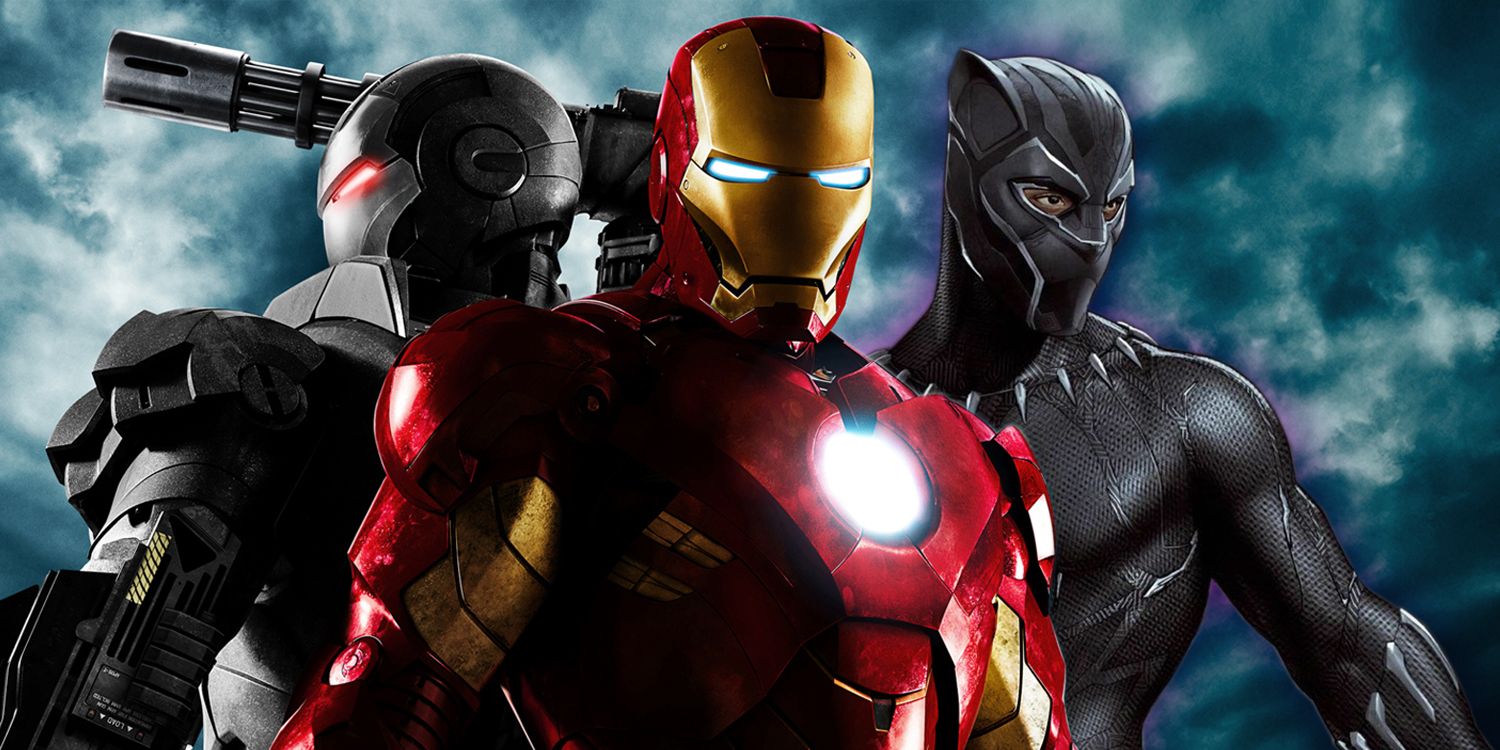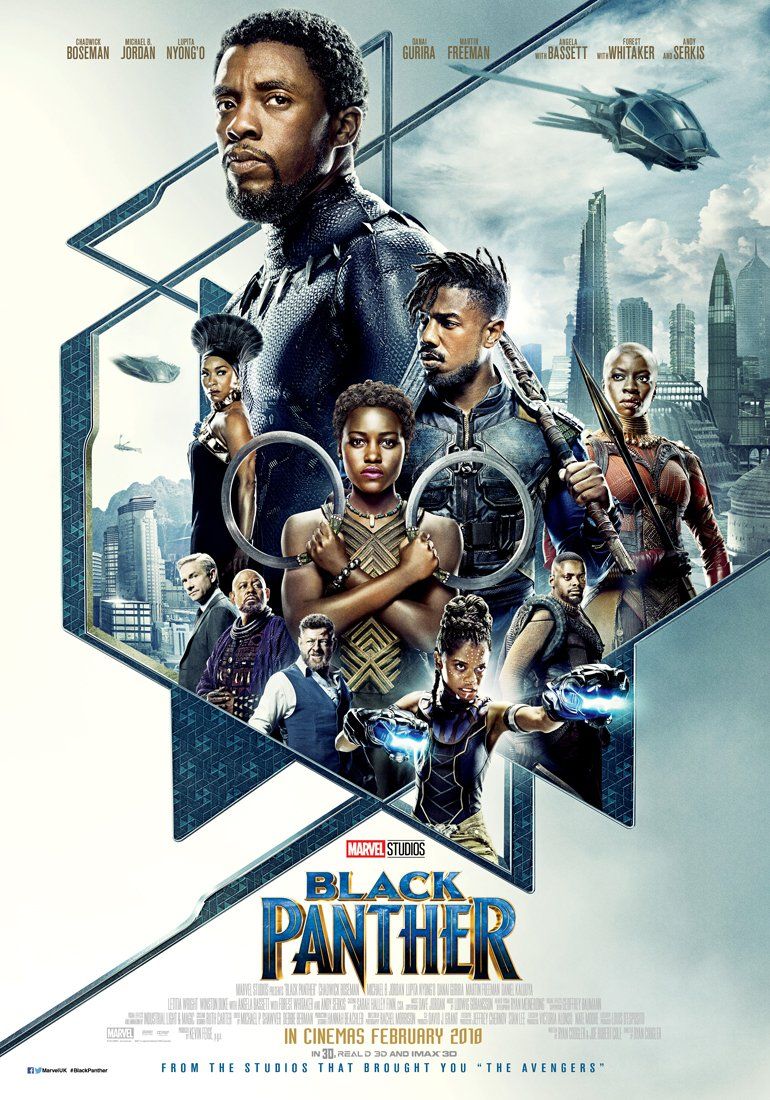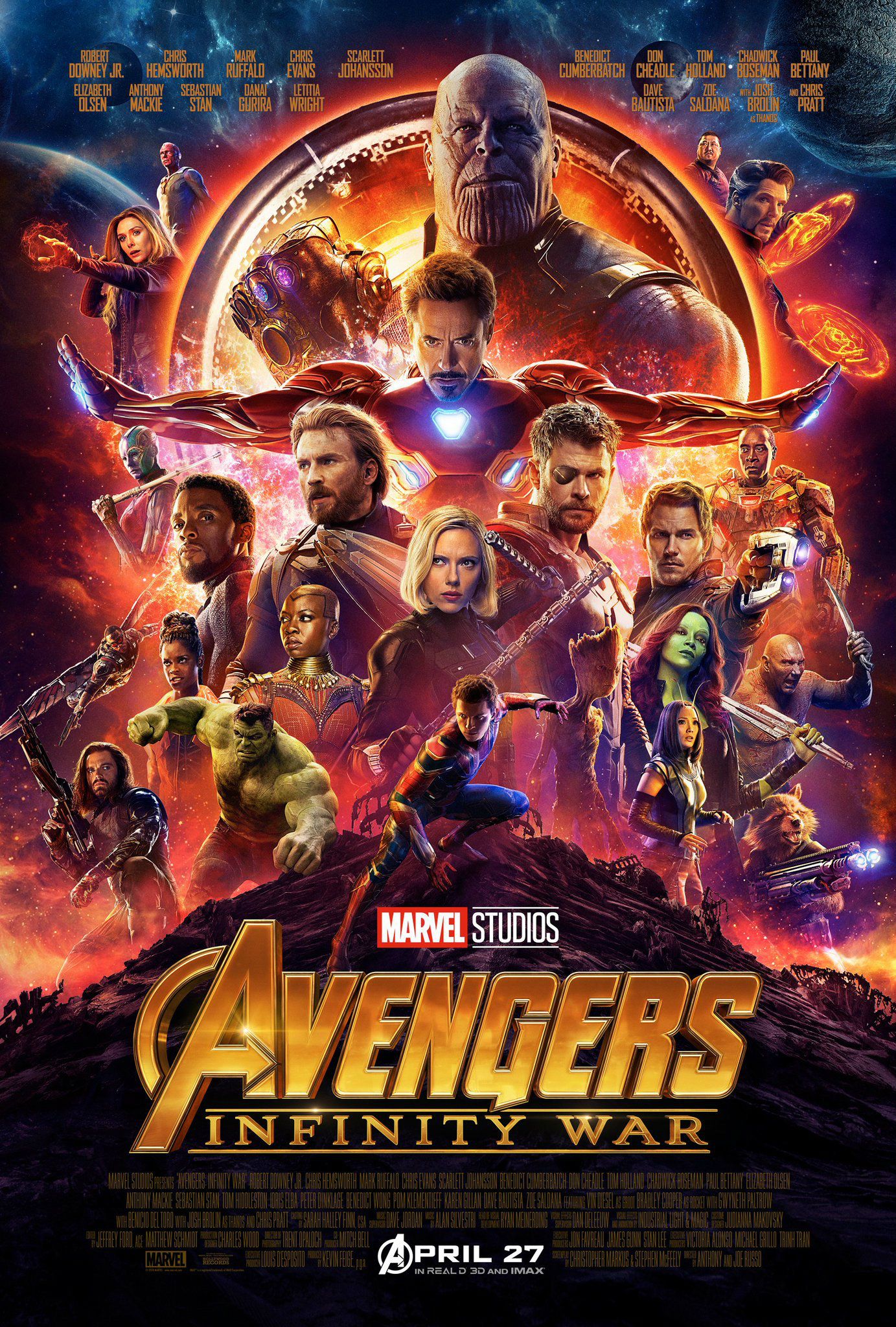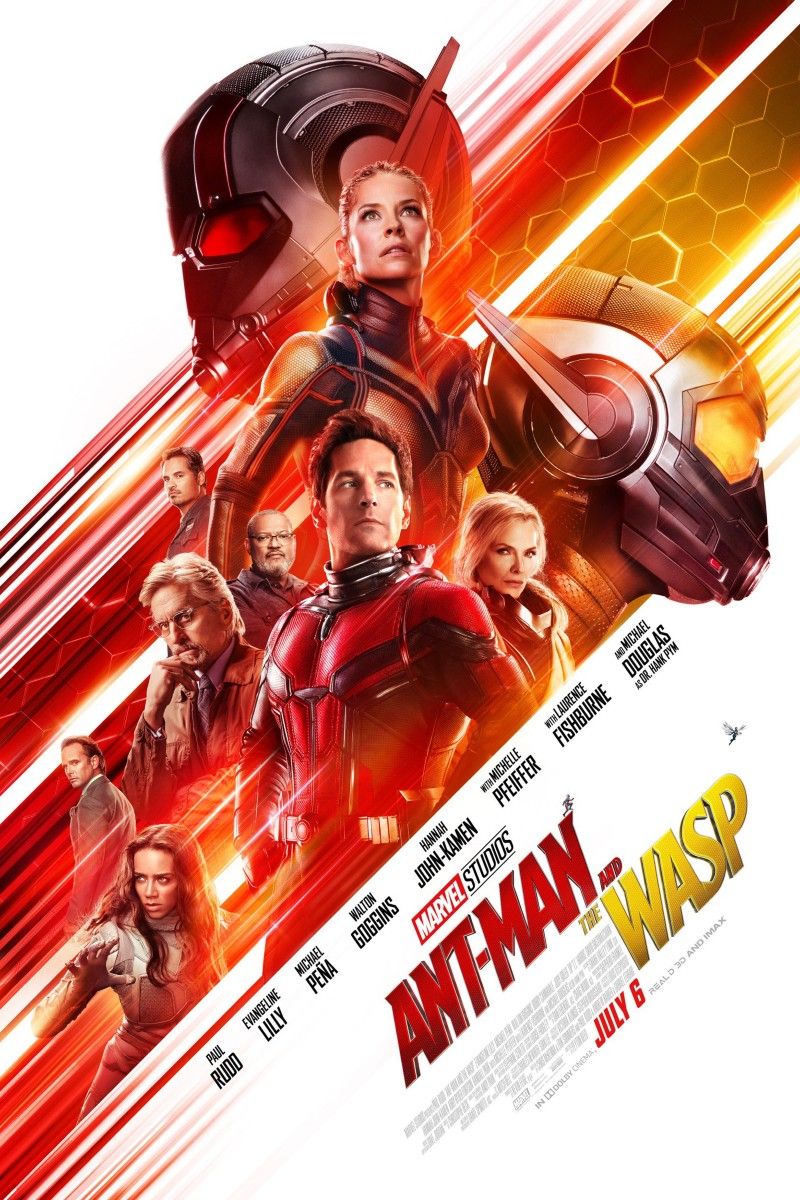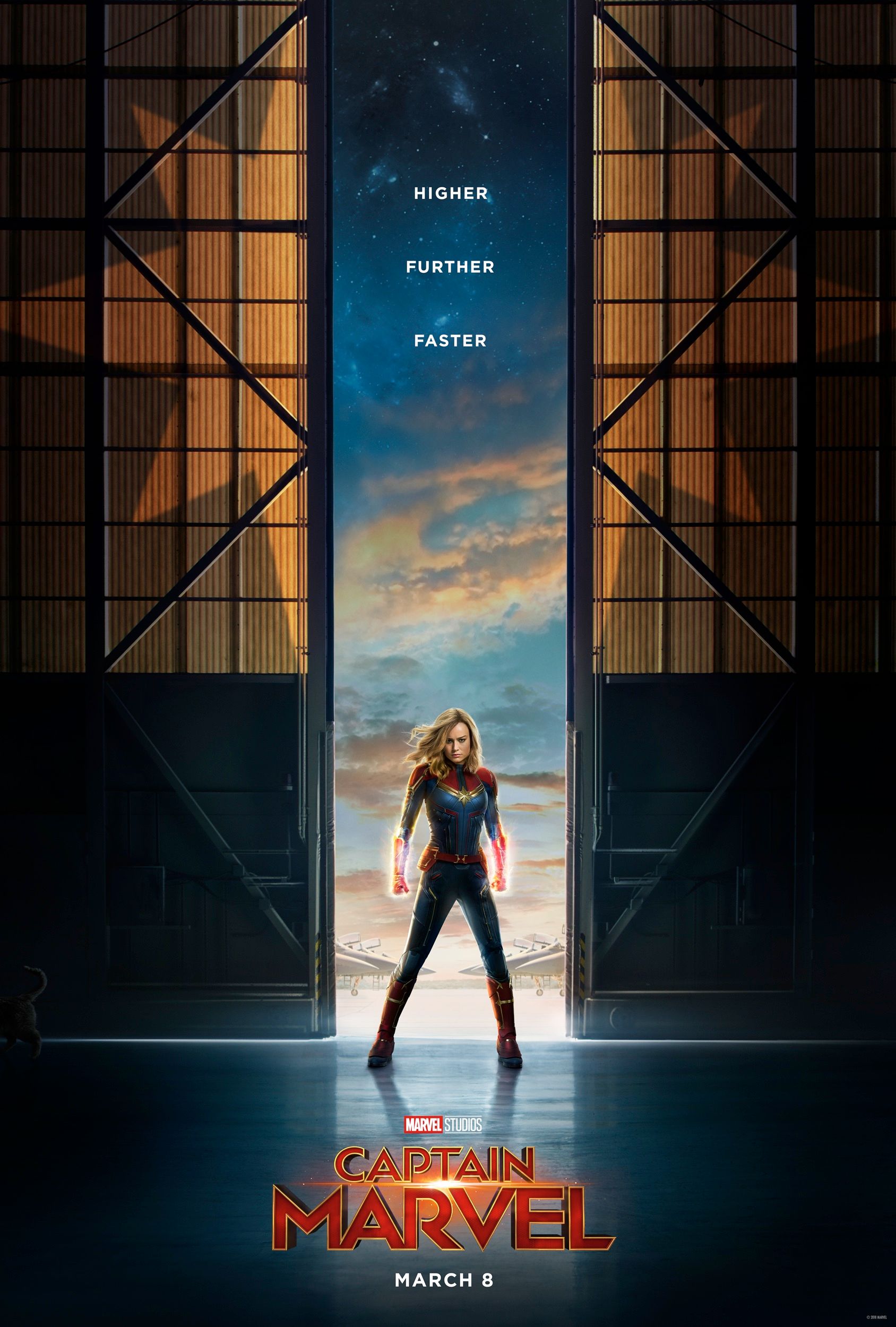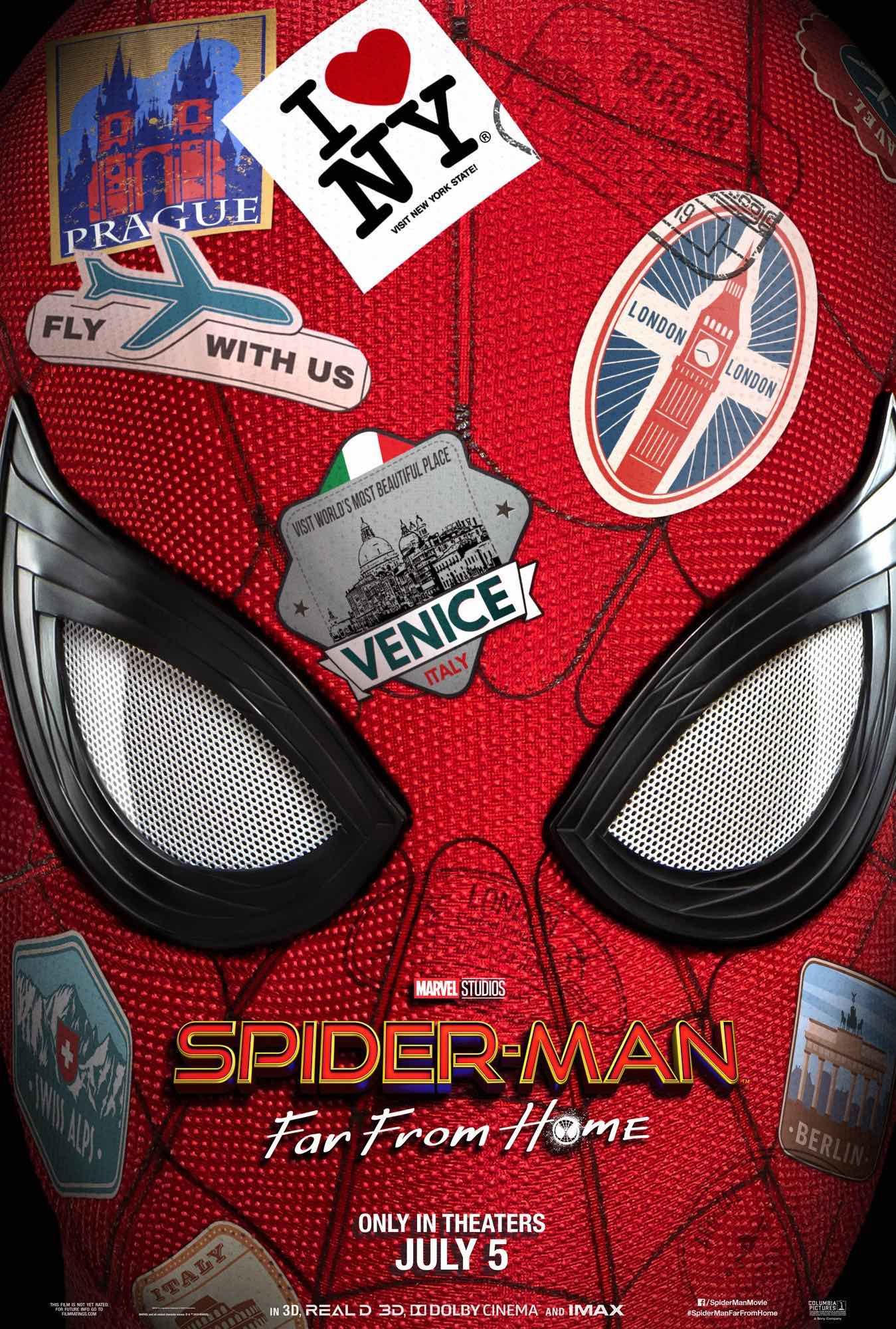Black Panther will introduce viewers to the fictional African country of Wakanda. But while this may be a new experience on the big screen, Marvel has been hinting at the existence of Wakanda since 2010's Iron Man 2; that film featured a background Easter Egg revealing Wakanda's presence in the world - and, crucially, S.H.I.E.L.D.'s interest in the nation.
Since 2010, Marvel has quietly and carefully built up the presence of Wakanda in the MCU, with references to both the country and its precious metal, vibranium, both on the big and the small screen. Now, almost a decade's worth of hints are about to be finally paid off.
This Page: How Iron Man 2 Set Up Black Panther
The S.H.I.E.L.D. Activity Map
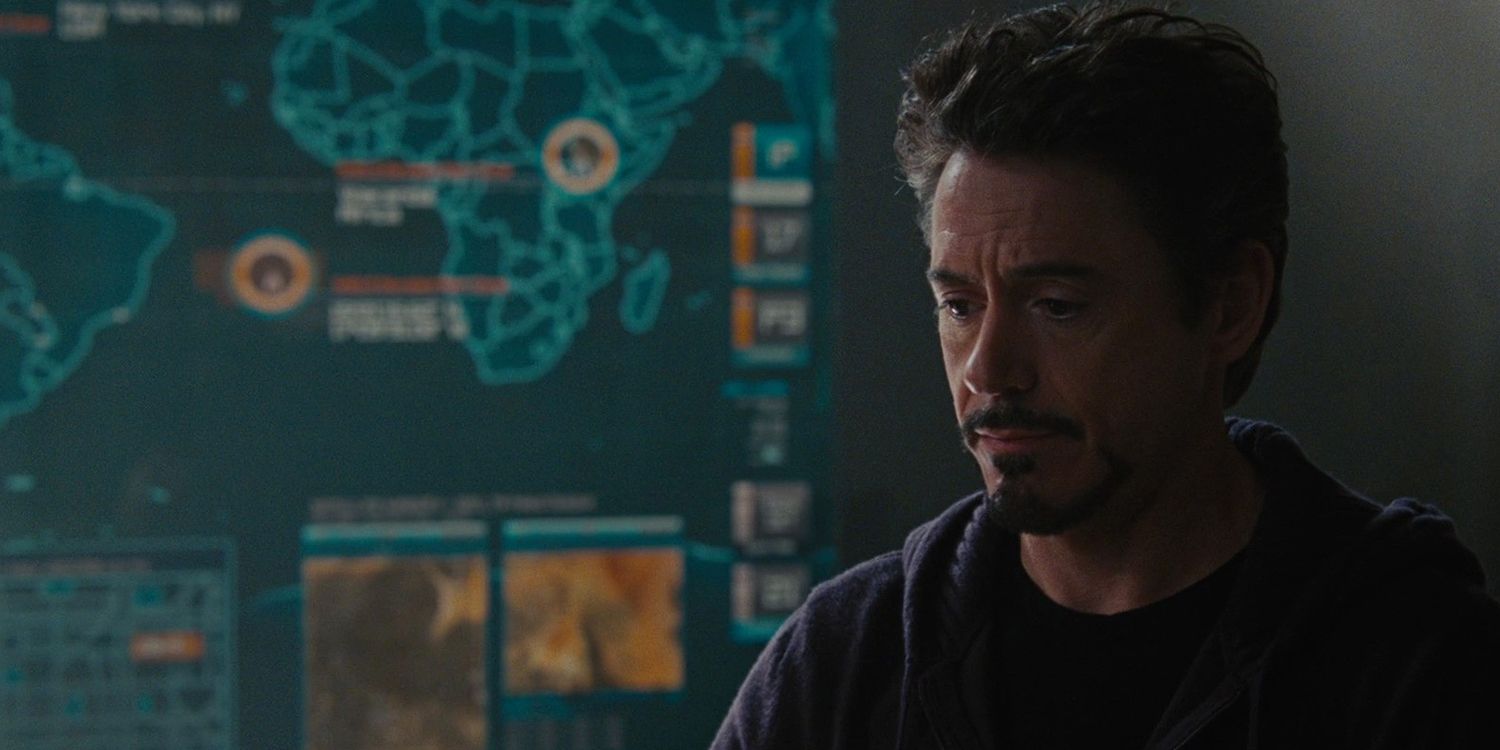
Near the end of Iron Man 2, Nick Fury meets with Tony Stark to reveal that Black Widow has been assessing him for participation in the Avengers Initiative. Unfortunately for Stark, right now Fury considers him to be a wash-out. For all Stark may be a genius, his personality is ill-suited to being a superhero.
Related: Black Panther Reveals Secret of Iron Man's New Armor
During the scene, the camera pans around the two characters, showing a number of S.H.I.E.L.D. holoscreens. These display areas of interest for the organization: Tony Stark on the West Coast; the hammer fall from Thor in Nevada; the Hulk's battle with General Ross in Virginia; and the retrieval of Captain America's body in Greenland. Another screen actually shows footage from The Incredible Hulk's Culver University fight; it's important to remember that, although the films released in different years, so far as the Marvel timeline is concerned these all happened at the same time.
There are three other locations marked on the maps. One, which appears to be in Norway, is currently unexplained (most likely linked to the Tesseract's original Earth location from The First Avenger). Another is in the middle of the Atlantic Ocean, situated on the Mid-Atlantic Ridge; it seems to be a nod to Atlantis, although it's unlikely to be developed until Marvel reacquires the rights to Namor. The third, however, is in East Africa. That is the secretive, isolationist African nation of Wakanda. It seems that seven or eight years before the events of Captain America: Civil War, S.H.I.E.L.D. was already monitoring this country.
Their attention may have been drawn by events in the Black Panther Prelude comic. Set around the time of Iron Man, this prelude comic showed T'Challa's first adventures as the Black Panther. He was involved in a skirmish on the Wakandan border with the Democratic Republic of the Congo and was seen by a single U.N. peacekeeper. Shortly after, T'Challa headed to Paraguay to rescue Wakandan citizens from a hostage situation, where he was again glimpsed by local police. It could have been enough to cause S.H.I.E.L.D. to begin monitoring Wakanda, perhaps even as part of Fury's "Avengers Initiative."
Marvel Planned Black Panther 8 Years Ahead
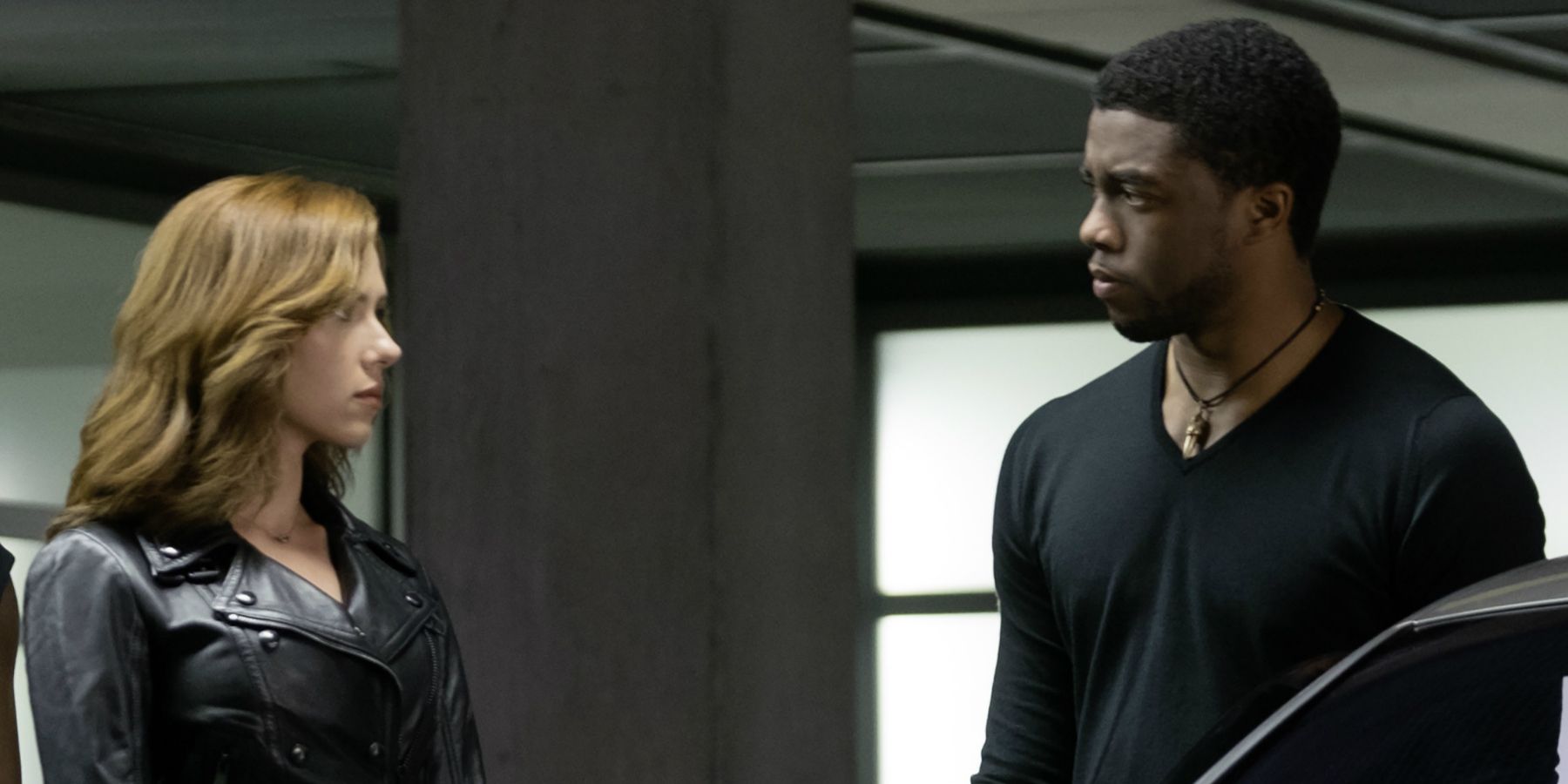
Of course, this is just another example of Marvel's ambiguous, forward-thinking attitude. They launched the MCU with the revelation that Iron Man was "part of a bigger universe," and as a result have been able to carefully thread in subtle Easter Eggs to develop that. The S.H.I.E.L.D. map is akin to another set of Easter Eggs in Thor: Ragnarok; there, the Grandmaster's tower showed the faces of previous champions, and established the MCU existence of a number of Marvel characters.
Read More: Marvel Didn't Always Have Black Panther's Character Rights
And the reality is that Marvel always knew they were setting up a Black Panther film. Back in 2005, when the newly-established Marvel Studios discussed its proposed first slate, Avi Arad named Black Panther as one of the possible movies. It wasn't until 2011 that Marvel hired Mark Bailey to begin work on a script, though, and they finally announced the movie as part of Phase 3 in 2014.
This is how Marvel loves to work. They carefully plant subtle Easter Eggs, gifts for the fans to get excited about. Then, years later, these Easter Eggs turn out to be deliberate foreshadowing. It's part of what makes the MCU such a delight for fans to rewatch, as the universe continues to grow with every film.
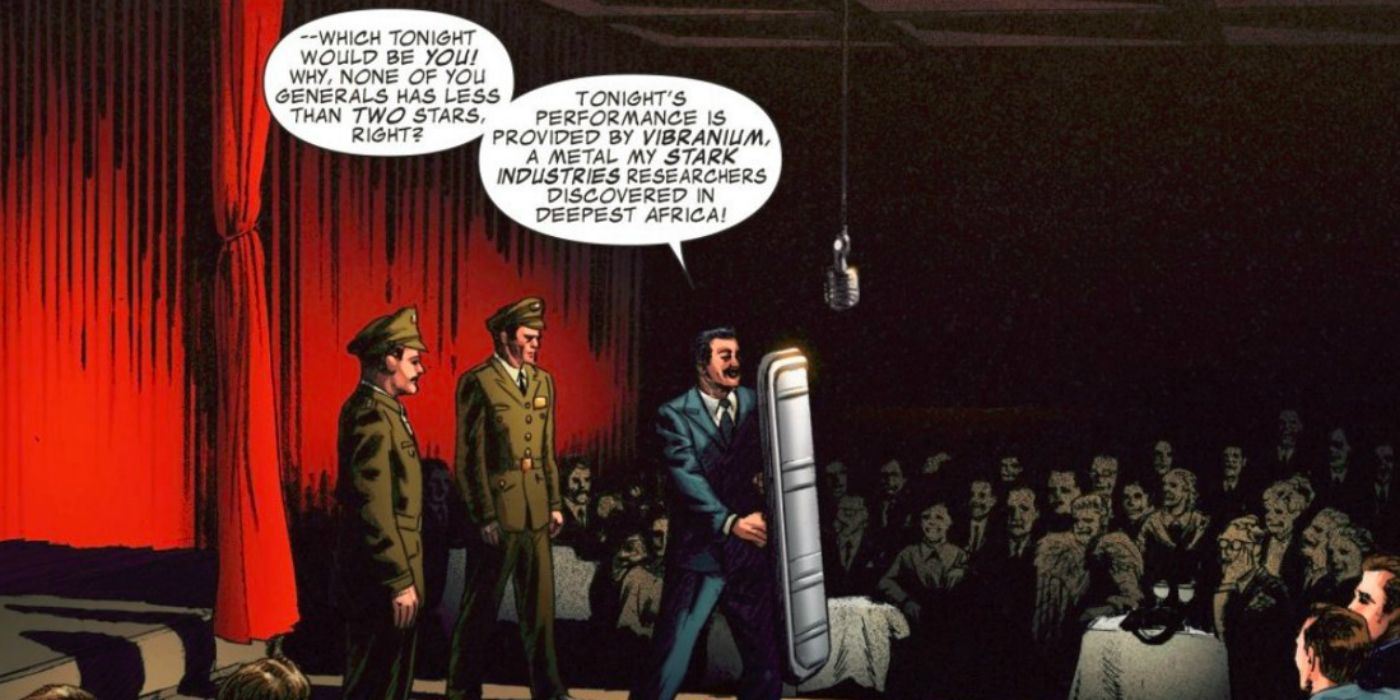
Vibranium Has Been Building Up To Black Panther TOo
Iron Man 2 may have contained the first Easter Egg pointing to the existence of Wakanda, but it wasn't the last one. Vibranium was introduced in Captain America: The First Avenger a year later, when Steve Rogers hefted Howard Stark's prototype shield. "It's stronger than steel, and a third the weight," Stark explained of Earth's rarest metal, "It's completely vibration absorbent". At the time of the Second World War, that shield was literally all the vibranium the U.S. could acquire. An official tie-in comic, Captain America: First Vengeance, revealed that Stark's own researchers discovered vibranium in what he described as "deepest Africa".
In 2013, Marvel Television launched their first TV series, Agents of S.H.I.E.L.D.. The team was initially based on "The Bus", a mobile headquarters that Coulson claimed had been popular in the '90s. Interestingly, the Bus was equipped with a single cell made of "a silicon-carbide vibranium alloy". It seems that S.H.I.E.L.D. had acquired a small amount of vibranium, possibly on the black market, and used it to construct cells to contain superhuman prisoners. Later, Nick Fury gave Coulson his "Toolbox", a compact digital storage device. The Toolbox was composed of pure vibranium, making it almost impossible to break into.
RELATED: Black Panther Character Guide
The black market theory was supported by 2015's Avengers: Age of Ultron, which introduced viewers to Ulysses Klaue. A notable smuggler, Klaue stole Wakandan vibranium - although at "great personal cost." He ultimately sold the last of his stock to Ultron, who had his own evil intentions for it. Ultron combined vibranium and Chitauri technology in an attempt to wipe out the entire human race.
Captain America: Civil War Finally Introduced The Black Panther
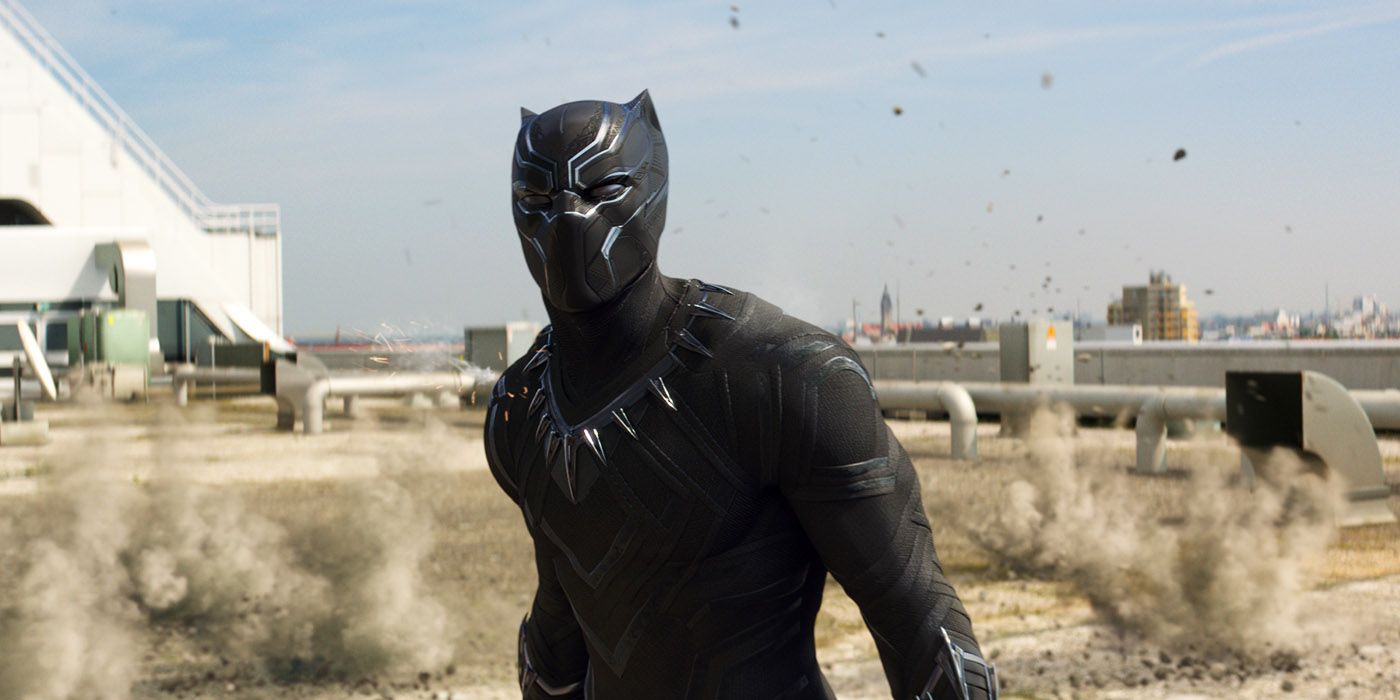
Finally, 2016's Captain America: Civil War introduced the Black Panther himself. Speaking at the signing of the Sokovia Accords, T'Challa's father suggested that Ultron had forced Wakanda to reconsider its ways. "When stolen Wakandan vibranium was used to make a terrible weapon," T'Chaka explained, "We in Wakanda were forced to question our legacy". He argued that it was time for Wakanda to step out of the shadows, and "fight to improve the world we wish to join."
Tragically, Zemo's terrorist attack cost King T'Chaka his life. Seeking vengeance, T'Challa launched a ruthless campaign to hunt down and kill those responsible. In so doing, he revealed the Black Panther's existence to the world. While T'Challa finally had his chance to kill Zemo, he chose to relent. By now, the Black Panther had realized what Iron Man had not; that vengeance was a foolish pursuit.
-
The scene has been carefully set. Marvel has subtly teased the existence of Wakanda for years - ever since Iron Man 2 - but now the secretive African nation is being brought out of the shadows. It's unlikely to be a pleasant experience, though. T'Chaka's last acts committed Wakanda to a path that contrasts its isolationist tradition. His son will find himself facing fierce opposition, while outside powers covet his nation's vibranium wealth. Black Panther won't be easy for T'Challa.
Next: All the Black Superhero Movies That Came Before Black Panther
